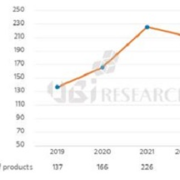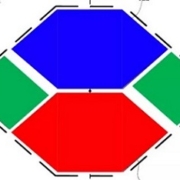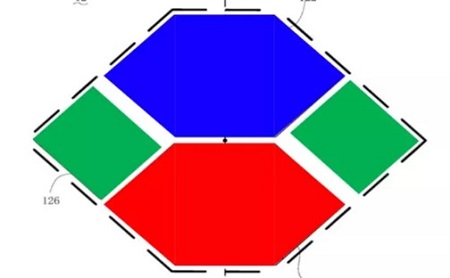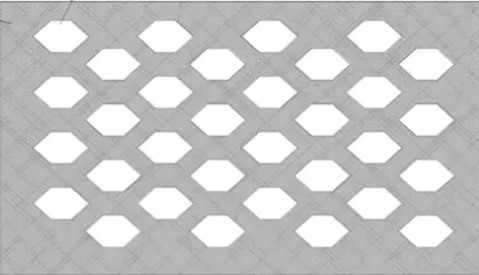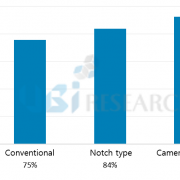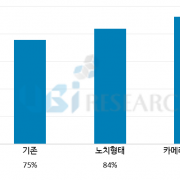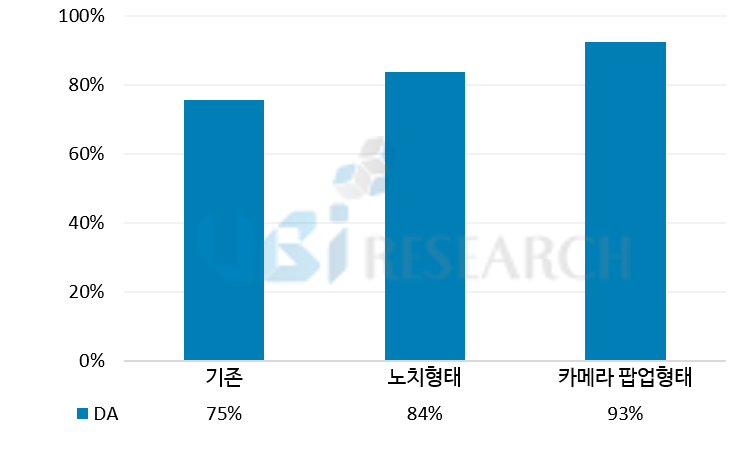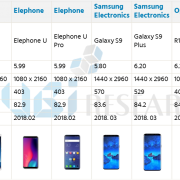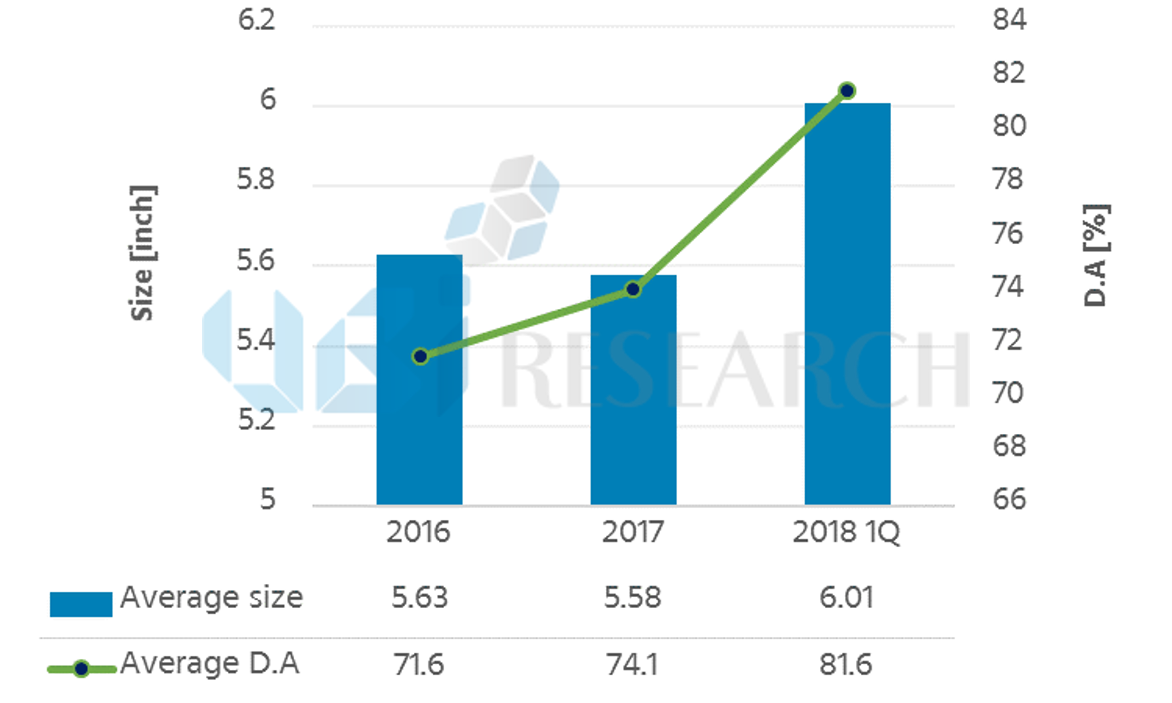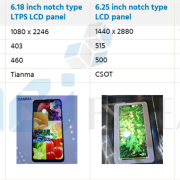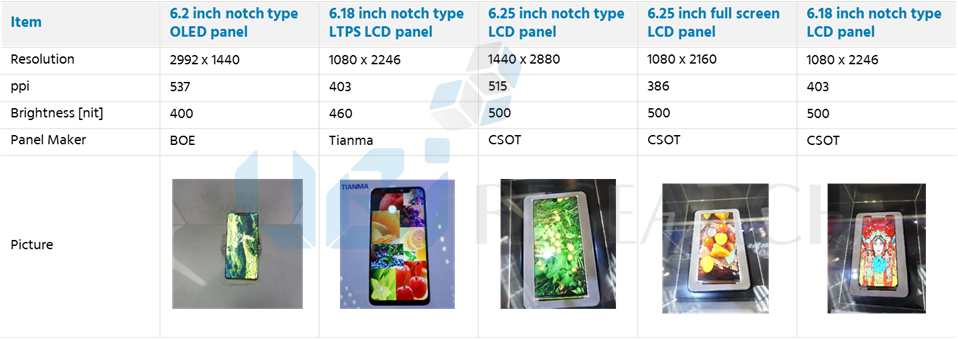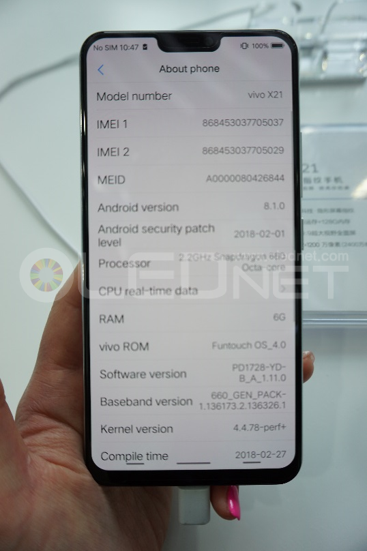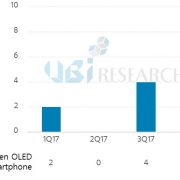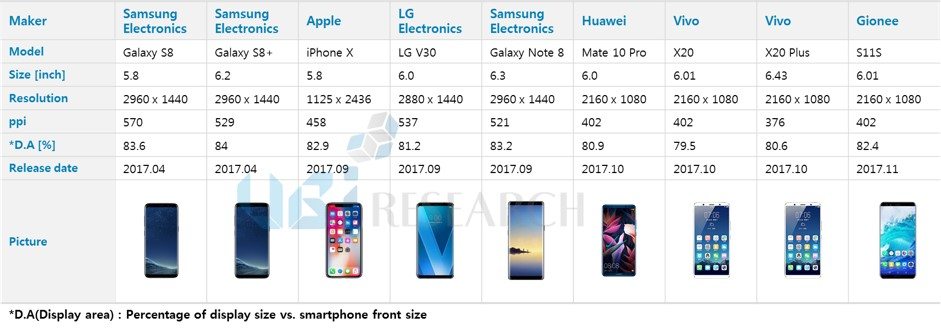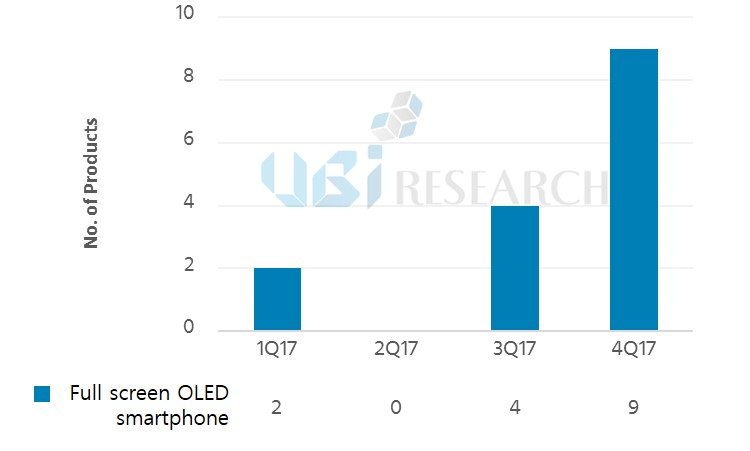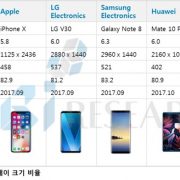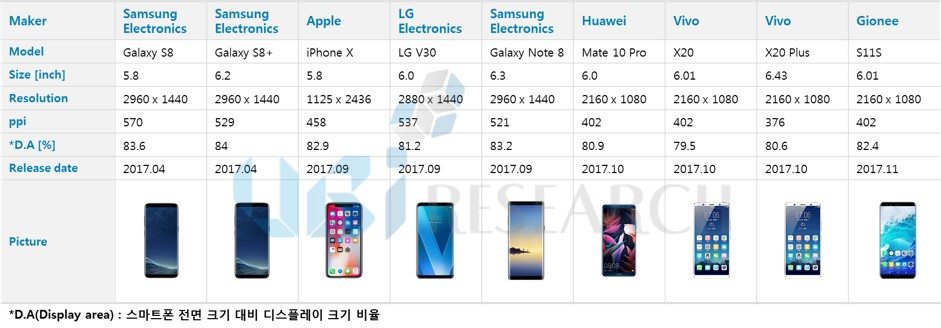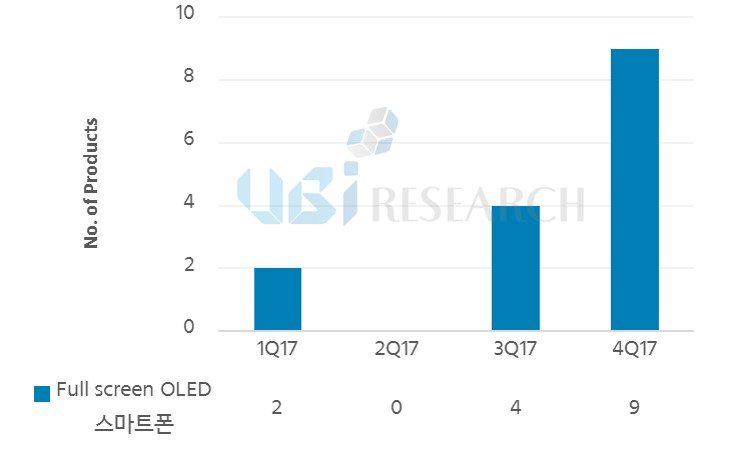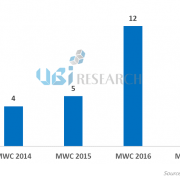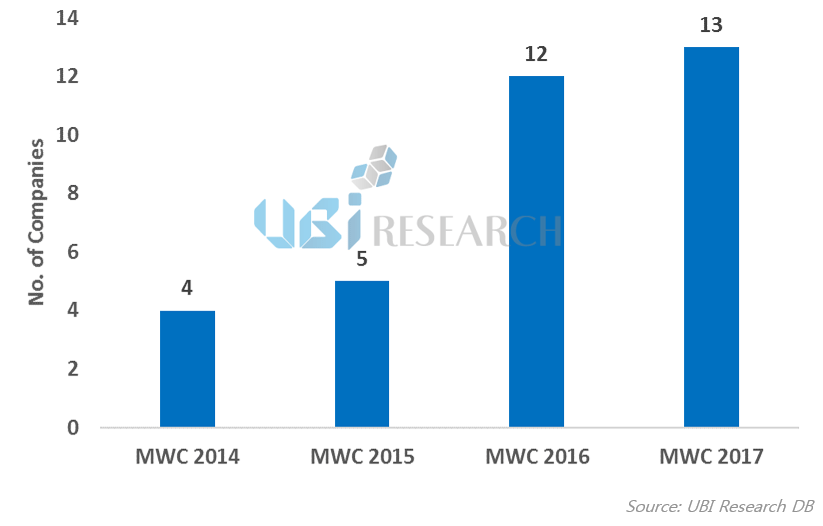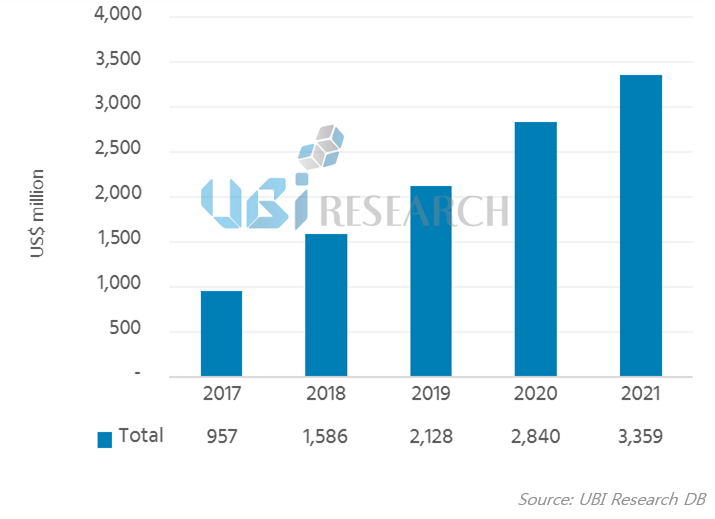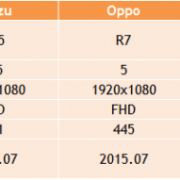After Apple launched iPhoneX, applied with notch OLED to implement a wider full screen in 2017, many smartphone makers such as Huawei, Vivo and Oppo started to introduce similar types of smartphones.
The total number of notch-type OLED smartphones, which have been revealed since 2017, is 36, accounting for 10% of total OLED smartphones.
The reason why smartphone makers apply notch-type display is to provide consumers with the large screen size in a limited phone size. However, in the notch type, there is a limitation in expanding the display area (DA), which is the ratio of the display to the smart phone, due to the camera and the front speaker. Thus, the smartphone makers seem to implement the camera function with adopting a popup method.
On June 12, Vivo introduced the smartphone NEX with DA 91.2%.The camera is embedded in the device in the form of a pop-up, and the display itself serves as a speaker and fingerprint sensor. By minimizing the bezel, Vivo achieved a full screen.
Oppo showcased Find X in Paris, France on June 19. Oppo also adopts the camera function as a pop-up method, similar to Vivo, to implement a full screen. It has a 3D face recognition sensor. DA of Oppo’s Find X is 93.8%, which is about 2.7% larger than that of Vivo. This is about 10% larger than Samsung Electronics’ Galaxy S8 +, which had the biggest DA in 2017, and 11% larger than iPhone X.
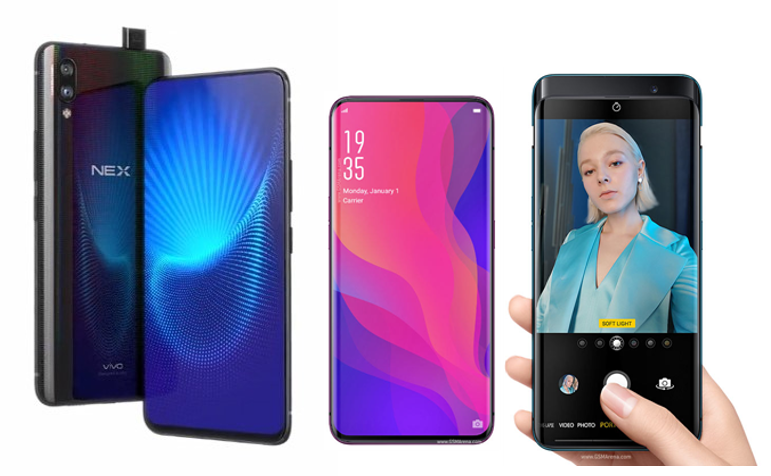
<Vivo NEX and Oppo Find X, source: netmag.pk, GSMArena>
Analysis of the average DA from 4Q 2017 to 2Q 2018 after the launch of the Notch model, shows that the notch type DA is about 9% and the camera pop type DA is about 17 % wider than that of the conventional smartphones (excluding notch type). By switching the front camera into a pop-up form, more than 90% DA can be realized.
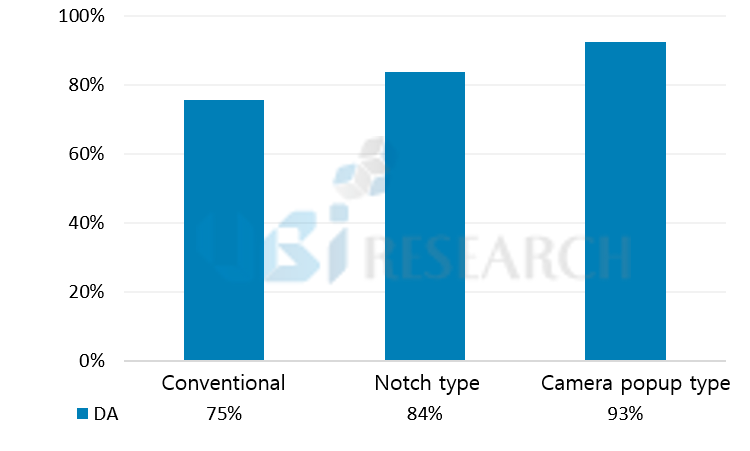
As such, smartphone makers are making various changes to realize full screen. There is a growing interest in how to minimize the bezel for the launching a smartphone with a wider DA.



 중국 동향 보고서 문의하기
중국 동향 보고서 문의하기